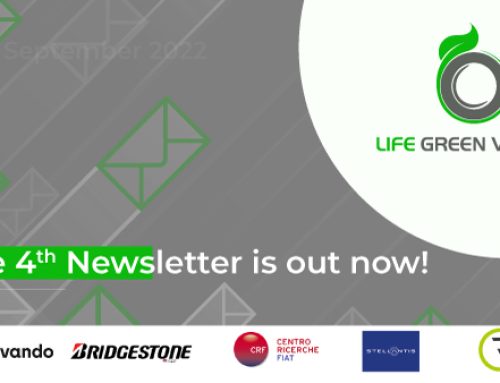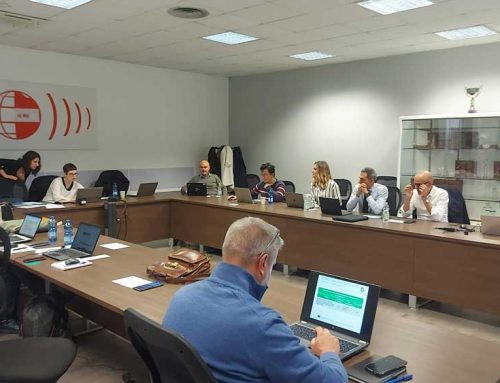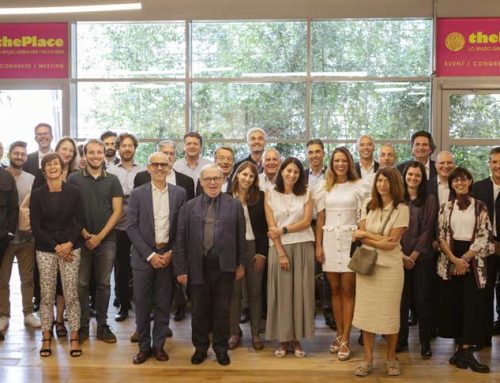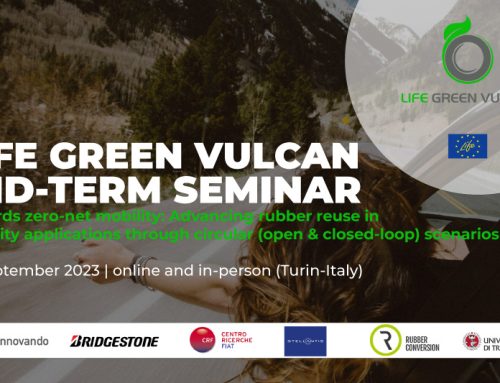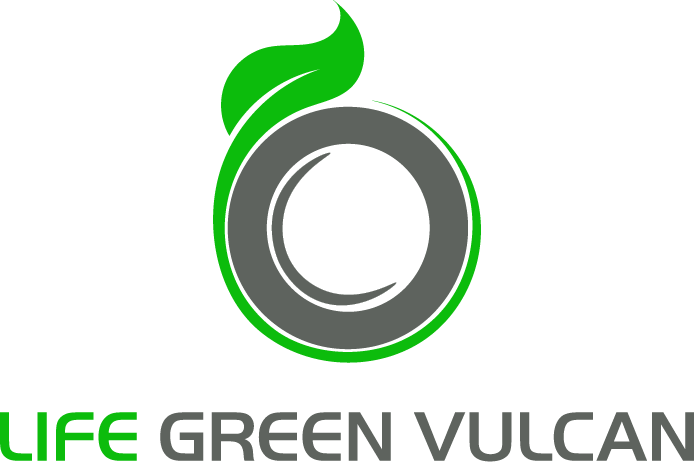In this Global Recycling day, we want to put in evidence the still existing gap between tyre production and recycling: in fact, the amount of recycled rubber used to produce new tyres is still very low. Devulcanisation can provide new impetus for reuse: let’s read this article developed by our partner, Rubber Conversion.
The tyre market: automotive growth resumes
According to the report The Future of Global Tires to 2026 published by Smithers, global tyre sales reached $264.0 billion in 2021, with a total of 2.35 billion units produced: a remarkable recovery after a drop of $16.2 billion or 192 million units in 2020 due to the pandemic period.
The global market is expected to surpass the 2019 level in 2022. Future growth will continue at a compound annual growth rate (CAGR) of 4.3% (by value) until 2026; pushing the global value to $325.6 billion (at constant prices) and volume to 2.80 billion tyres.
Asia pacific and china lead the market recovery
Overall tyre sales will depend on a broader economic recovery. This will see tyre sales increase in the Asia-Pacific region at the fastest pace especially as China returns to its industrialisation and economic expansion programmes. There will also be strong increases in demand in North America.
Special and high-performance tyres: the engine of growth
Growth will be strongest in the special tyre segment, where there is also a strong outlook for motorbike tyres, especially in developing markets. In the passenger car market, there will be increased demand for high performance tyres for passenger cars and light commercial vehicles, driven by the growth in sales of utility crossovers (CUVs), SUVs and pick-up trucks.
The effects on the market for raw materials and virgin rubber
Market developments will also be reflected in raw material orders with total demand reaching 47.7 million tonnes in 2021. Throughout the forecast period, the growth in material production will lag behind the growth in the unit volume of tyre demand as sustainability and resource efficiency initiatives come into effect.
This will also drive a major change in raw materials – a wider use of highly dispersing silica in fillers – to meet the demand for lower rolling resistance and higher wear resistance. This will mainly penalise sales of conventional silica, while improvements to carbon black mean that it will remain a competitive alternative filler. Similar trends will see a slight decline in the use of natural rubber in favour of engineered synthetic elastomers.
The continuing scarcity of raw materials creates a favourable scenario for the increased use of recycled rubber, in particular devulcanised rubber, which allows the substitution of significant percentages of virgin raw material.
The tyre recycling market
In recent years, tyre recycling has emerged as an essential ancillary industry for the transport and automotive sector. The massive increase in the production of automotive vehicles and the rise of manufacturing activities over the past two decades have led in parallel to an increase in awareness and environmental concerns associated with manufacturing by-products and waste generated by the automotive manufacturing industry, accelerating the demand for tyre recycling.
The tyre recycling market is mainly divided into:
– Fuel
– Aggregates
– Mulch
– Dust
The powder and mulch segments are expected to register significant growth. The ability to mix rubber powder with resin, asphalt and other raw materials will drive the market significantly. In addition, rubber powder is an economical alternative to asphalt.
The growing demand for tyre-derived fuel for cement industries will further stimulate the market.
Factors driving the growth of tyre recycling
The waste tyre recycling industry has grown over the last decade due to two main factors. The first is the increasingly stringent environmental protection regulations, which have created this innovative market segment with the aim of addressing the environmental risks of illegally dumped or stored tyres. The second driving factor comes from companies that are trying to improve the profitability of the sector through the advantages of making products from waste tyres.
The rapid advancement of recycling techniques and methods, which introduce highly cost-effective large-scale approaches with minimal environmental impact and reduced emissions, enables the tyre recycling market to achieve sustainable growth patterns in the coming years.
The recycled rubber market: still a low value
Compared to the total value of the rubber products market (USD 475 bn), that of recycled rubber is still extremely small (about USD 4.5 bn). Looking at the data on the total value of the market for recycled rubber from tyres, only a quarter (USD 1 bn) actually appears to be reused in new products.
The main reuse sector (almost 70%) remains the automotive industry for the production of new vehicle and aircraft tyres and for their retreading. In second place is the shoe industry.
The recycled rubber market: growth trend
In recent years, the global demand for recycled rubber has been driven by favourable regulatory conditions implemented by governments around the world to promote sustainable materials to replace conventional virgin rubber, and the growing demand for recycled rubber from end-use sectors such as automotive and aircraft tyres, footwear, belts and hoses, retreading and the production of moulded rubber items.
The growth rate of this sector will be the highest with a CAGR of 10.9% from 2022 to 2030.
Source: Rubber Conversion


